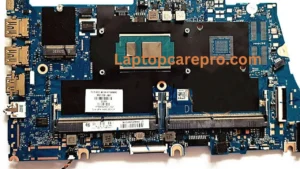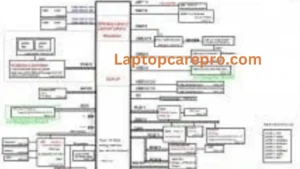ASUS VivoBook 15 X510UNR Schematic for Repairs
The ASUS VivoBook 15 X510UNR is a versatile and affordable laptop that has garnered popularity among students, professionals, and casual users alike. Its blend of performance, portability, and design makes it a go-to choice for those seeking value without compromising on quality. However, like any electronic device, it’s not immune to hardware issues. This is where understanding its schematic can be incredibly valuable for troubleshooting and repairs.A schematic diagram is essentially a blueprint of a device’s electronic circuitry. For the ASUS VivoBook 15 X510UNR, this schematic provides a detailed map of all internal components and their interconnections. For general users looking to fix issues with their device, having access to this schematic is akin to having a roadmap when navigating unfamiliar territory.
The Value of a Schematic
The primary value of the ASUS VivoBook 15 X510UNR schematic lies in its ability to simplify diagnostics. It allows users and technicians to identify components, understand their function within the system, and pinpoint where faults might occur. Whether you’re dealing with power issues, failed components, or troubleshooting motherboard problems, the schematic serves as a critical resource for identifying the cause and determining the fix.
How to Access and Read the Schematic
Accessing the schematic for the ASUS VivoBook 15 X510UNR might require some effort. Often, manufacturers do not publicly release these diagrams for proprietary reasons. However, service manuals or repair forums online might share these schematics among a community of repair enthusiasts. Once you have the schematic in hand, the challenge is to understand it. Schematics are composed of symbols representing components and lines indicating connections and flow of current. Familiarizing yourself with these symbols and their meanings is crucial for effective troubleshooting.
Post Views: 223








